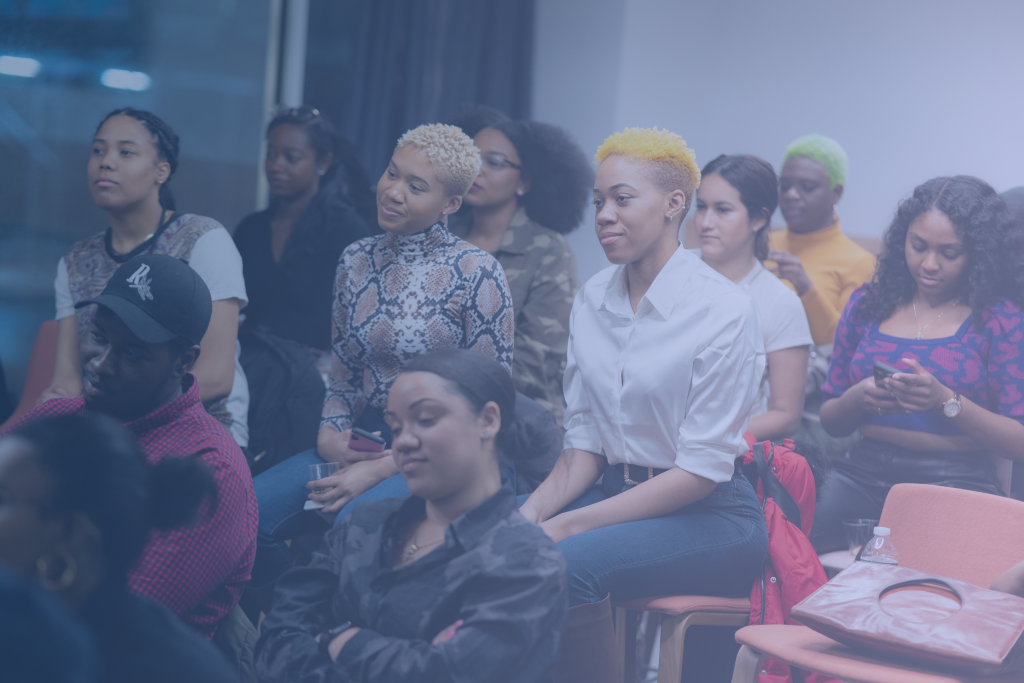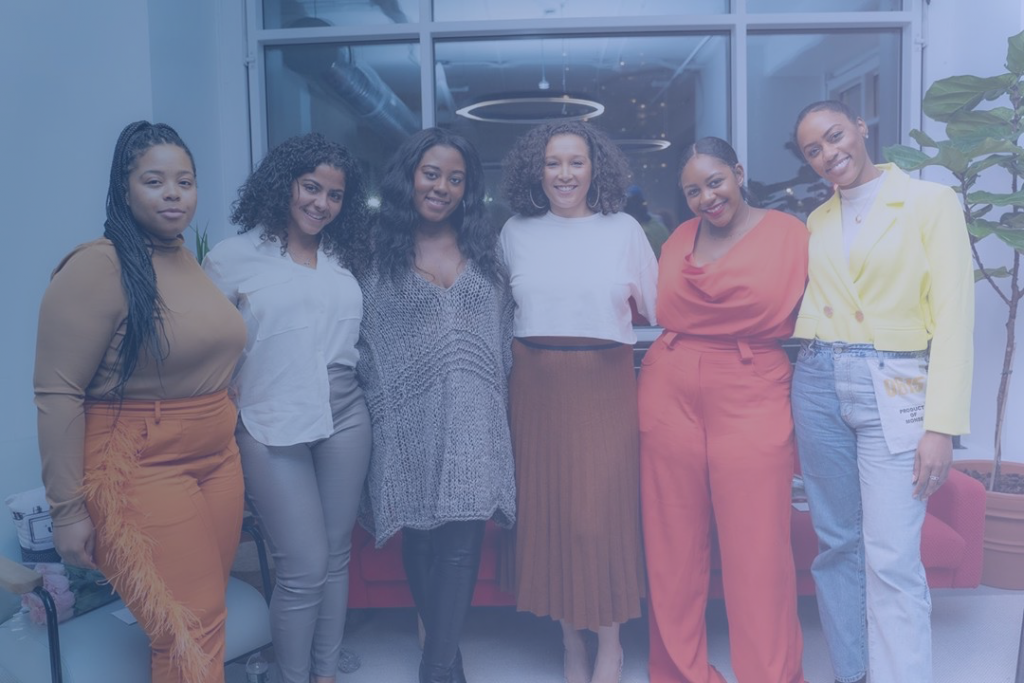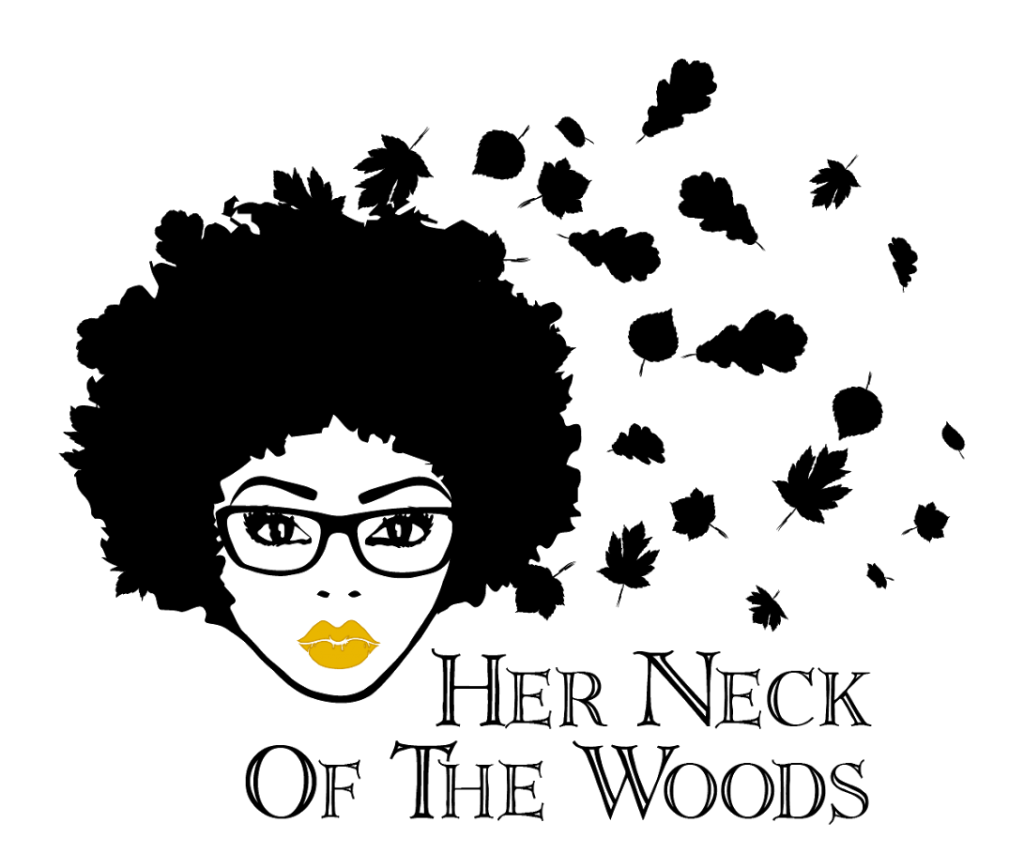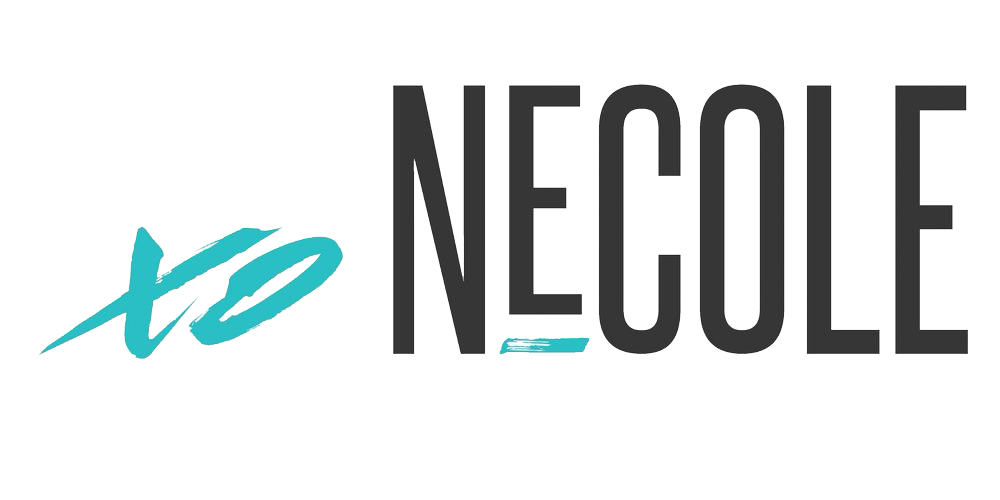- mission.
Girls Who Listen is a female founded nonprofit dedicated to supporting and shaping future female creatives and executives within the music industry.
GWL caters to a diverse community of women by hosting various events, including panels, mixers, and songwriting sessions. The organization also maintains an internal networking database for aspiring creators and professionals seeking to expand their knowledge of the music industry. Additionally, our mentorship program, Girls Who Listen University, offers college students practical experience by connecting them with top industry professionals. GWL’s latest initiative, Girls Who Create, is a virtual program providing ambitious emerging creatives with comprehensive insights from established singers, songwriters, producers, and engineers.
The music industry values women and their contributions, but they are still largely missing from popular music. The USC Annenberg Inclusion Initiative reports that across 800 popular songs on the Billboard Hot 100 Chart between 2012 and 2019.
- Females
- Males
Percentage of Women Producers by year
2019
2022
2023
# male producers to every # female producer
2019
37:1
2023
30:1
# male producers to every # female producer of color
2019
133:1
2023
100.4 to 1
Women of Color Producers
2019
2023
The ratio of men to women producers across 900 popular songs was 30 to 1
19 out of 1,972 producing credits went to women of color
of songwriters were female
2019
2022
2023
of songs had only one woman credited as a songwriter
2019
2022
2023
Of songs did not credit one women as a songwriter
2019
2023
Of all X songs featured only female writers
2019
(out of 800)
2023
(out of 1,200)
Songwriters: 441 songwriters credited in 2023. Of those, 80.3% (n=355) were men and 19.5% (n=86) were women. There was one gender non-binary songwriter in 2023 (0.2%).
The report also notes that 56% of songs in 2023 included at least one woman songwriter—an increase from 2022 and the highest percentage in 12 years.
Of those 441 credits, 80.3% were men and 19.5% were women. There was one gender non-binary songwriter in 2023 (0.2%).
Women Solo Artists
2022
2023
Artists/Performers
2019
(353 out of 1624)
2022
2023
(out of 2,299)
In comparison to 2022 (30.2%), the percentage of women artists has increased in 2023 (35%), though this is just shy (0.2 percentage points) of significance.
Looking to genre, across 12 years, women were most likely to write Pop (20.1%) and Dance/Electronic (19.6%) songs, and least likely to write Hip-Hop/Rap (7.5%) and Country (9.9%) songs.
of all Grammy nominees were women
2019
2022
2023
2024
X of song of the year nominees were women
2019
2023
2024
of Grammy nominees were from an underrepresented racial/ethnic background
2019
2022
2023
2024
Grammys: 2024 saw a significant increase in the percentage of women nominees, from 15.5% in 2023 to 24% in 2024. This was also significantly higher than 2013 (7.9%), but remains below the highest percentage of women nominees, which was reached in 2021 (28.1%).
Billboard Hot 100 Year Charts
In 2023, 61% of the artists on the Billboard Hot 100 Year-End Charts were from an underrepresented racial/ethnic group while 39% were white. Nearly two-thirds of women artists (65%) with a song on the Billboard Hot 100 Year-End Chart were women of color. Nearly one-quarter (24%) of nominations across these 6 categories went to women in 2024—a significant increase from 2023 (15.5%)
girls who listen chapter.
start one in your area!
contact us.
@girlswholisten







